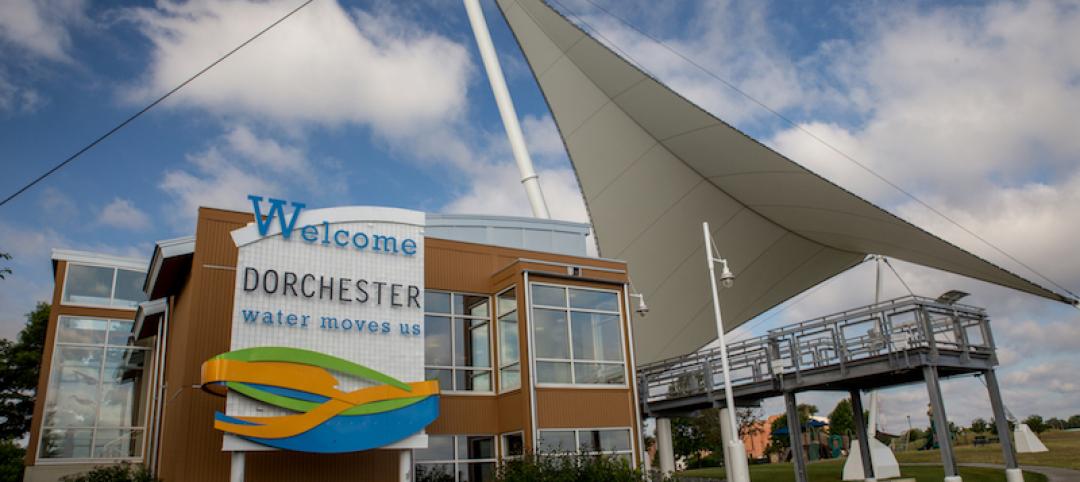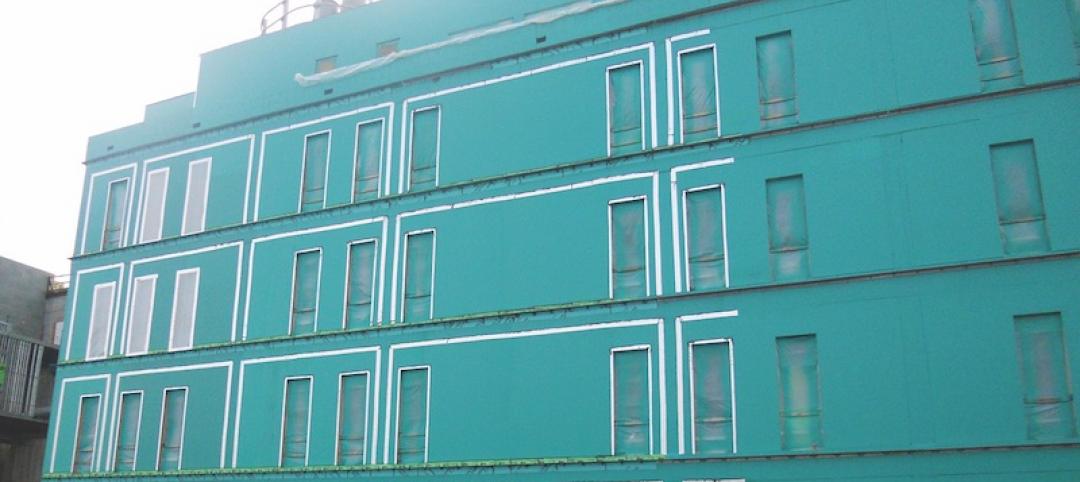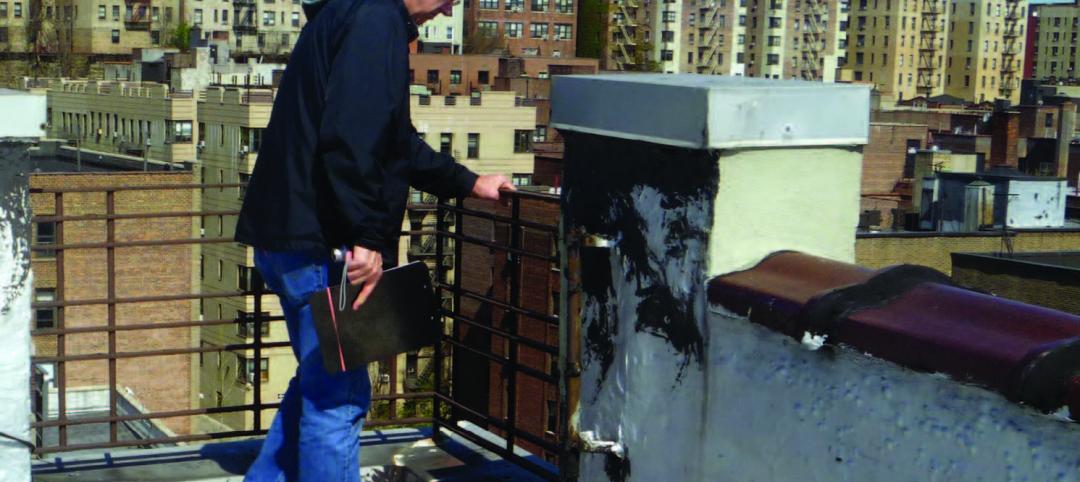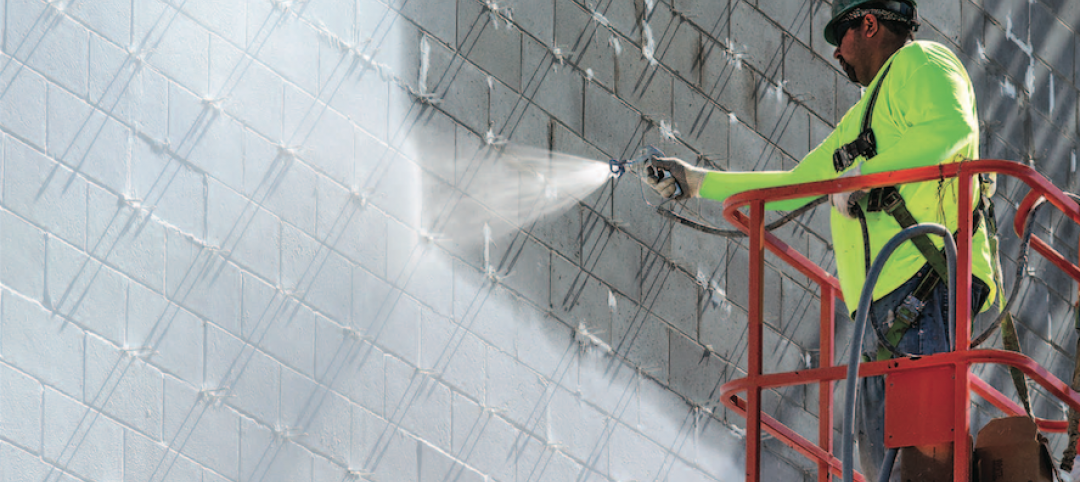 |
| The Whole Foods Market in Napa Valley boasts a 1,200-sf culinary center. |
Sectioning off large open spaces without making everything feel closed off was the challenge faced by two very different projects—one an upscale food market in Napa Valley, the other a corporate office in Southern California. Movable glass wall systems proved to be the solution in both projects.
The new Whole Foods Market in the heart of Napa Valley's wine country was designed to be a grander version of your typical neighborhood Whole Foods. A major enhancement, a 1,200-sf culinary center at the heart of the 50,000-sf store, needed to be closed off from the sales floor when cooking classes or private events were in session.
Closing off any part of the store, however, ran counter to the open-air market concept created by the San Francisco design firm Field Paoli. Their plan called for capturing the casual, indoor/outdoor lifestyle of Northern California by blurring internal/external boundaries. At the same time, they wanted to imbue the culinary center—an interior space—with a sense of connection to the outside.
 |
| A NanaWall system connects the center and the store, and provides privacy when cooking classes and special events are held. |
The architects had already specified a NanaWall door system on the front façade, and they felt that using NanaWall inside the store might offer that same sense of openness. "It's not often you see what's considered a storefront system in the interior of the space," says Christen Soares, an associate at Field Paoli. "But using NanaWall lends itself to the feeling of being open to the outside without actually being open to the exterior," she says.
The opening between the culinary center and the rest of the Whole Foods sales floor is about 20 feet wide. The curved, segmented door system used to section off the space consists of wood-framed glass panels roughly three feet wide, with two swinging panels for ingress and egress. The custom system can be completely opened or partially closed in a variety of configurations; the market typically keeps them wide open unless there's a class or event in progress. Privacy wasn't an issue, says Bill Brigham, principal at Field Paoli. "There are no blinds on the panels, it's all open. The intent was to have it as open as possible." Nor was noise a concern. "There was no worry about STC ratings," he says. "The culinary center opens into the 'Whole Body' department, which is soft goods—lotions and clothing rather than groceries—so it isn't a particularly noisy one."
"The whole point of using NanaWall inside and out was a cross-fertilization between indoor and outdoor, public and private space," says Brigham. "I feel like we've succeeded in enclosing space without making any of it them feel isolated."
 |
| When the Moveo wall systems are open, the BeachBody office in Santa Monica, Calif., has a multifunction, 2,500-sf great room . |
When BeachBody was moving its offices from Beverly Hills to Santa Monica, Calif., the health and fitness company wanted an open-plan space that would be flooded with natural daylight. Designers at Wolcott Architecture|Interiors of Culver City, Calif., were tasked with creating flexible conference spaces that offered privacy without blocking light from filtering into the office.
The architects devised an open great room concept for the office's entry, and located two conference rooms within the space that can be sectioned off with custom Moveo glass wall systems from Modernfold. When open, the space functions as one large, bright 2,500-sf great room for parties, meetings, and other large gatherings. When closed, the glass panel systems section the room into three light-filled spaces: reception and staff lounge, large conference room (550 sf), and medium conference room (325 sf). Seventy-five linear feet of glass panels are used in the great room.
In creating the room separations, the movable panels had to form two corners, and there could be no recessed tracks in the floor that would make it awkward using the space when it's fully opened. The glass panels also had to provide significant sound isolation. "These were huge issues, and it was a challenge finding something that worked," says Mika Yagi, senior designer at Wolcott.
 |
| When closed, the office has two conference rooms and a separate reception area/employee lounge. Note the unobtrusive solid corner panels. |
The corners were particularly difficult to configure. "We obviously didn't want corner posts, which would interrupt the great room concept, and we initially didn't want solid panels, which would block daylight," says Yagi. A structural element was needed, and a compromise was reached: Solid panels were positioned at the inside corners, making them virtually imperceptible and blocking little daylight when the conference rooms are in use.
It was also important to Yagi that the panels operate without channel tracks in the floor; the aluminum-framed panels are hung at the ceiling and manually opened and closed. When open, they stack against the wall rather than being stored in pockets.
To achieve acoustic privacy in the conference rooms, Yagi says she went through four different glass options before finally deciding on the Moveo system. "BeachBody wanted an STC rating of at least 43, which is what you typically get in a conference room with drywall construction," says Yagi. The Moveo system offered an STC rating of 45.
Yagi says the client is pleased with the final set-up. The office has a flexible, open-space plan, access to two private conference rooms, and plenty of daylight no matter how the conference rooms are configured.
Energy use has been cut by 25% compared to conventional office design, which helped earn the 55,000-sf space LEED CI Gold.
Related Stories
Sponsored | Building Enclosure Systems | Oct 22, 2018
Effective water management building materials are essential for harsh weather events
The building envelope plays a crucial in protecting projects from excess moisture, mold, and rot.
Sponsored | Building Enclosure Systems | Jul 16, 2018
Building for Efficiency: Systems Approaches Boost Profitability
BD+C University Course | May 24, 2018
Accommodating movement in building envelope materials [AIA course]
We may think of the building envelope as an inanimate object, but in reality its components can be quite mobile. This AIA CES course is worth 1.0 AIA LU/HSW.
BD+C University Course | Apr 12, 2018
Meeting the demand for high-efficiency façades [AIA course]
On a national scale, the impetus to improve building energy performance is manifest in the latest and most far-reaching model energy code from the International Code Council.
75 Top Building Products | Mar 21, 2018
101 Top Products: Building Envelope 2018
Among the best building envelope products included in BD+C's Top 101 Products report are Eldorado Stone's GenFlex EPDM Adhesive, Henry Company's Henry Restoration System, and Dryvit's NewBrick Brick System.
Sponsored | | Feb 28, 2018
Quality Products Needed To Meet Green Building Standards Today
Sustainable healthcare facilities will need energy-efficient building enclosures from the outset.
Products and Materials | Dec 20, 2017
Liquid air barrier goes on, rain or shine
The silyl-terminated polyether (STPE) liquid-applied air barrier does not wash off when exposed to light rain following application.
Building Enclosure Systems | Jul 26, 2017
Balcony and roof railings and the code: Maintain, repair, or replace? [AIA course]
Lacking familiarity with current requirements, some owners or managers complete a roof or balcony rehabilitation, only to learn after the fact that they need to tear noncompliant railings out of their new roof or terrace and install new ones.
Building Enclosure Systems | Dec 12, 2016
The 100-year enclosure: Strategies for heat-air-moisture control
Should institutional and commercial buildings be built to last 100 years? Why not? There are plenty of examples that have performed well for a century or more.


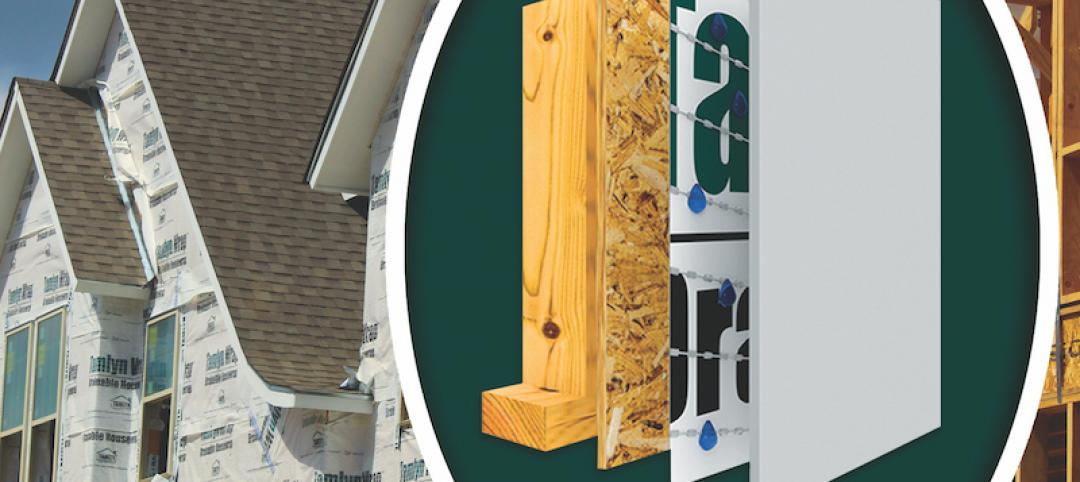
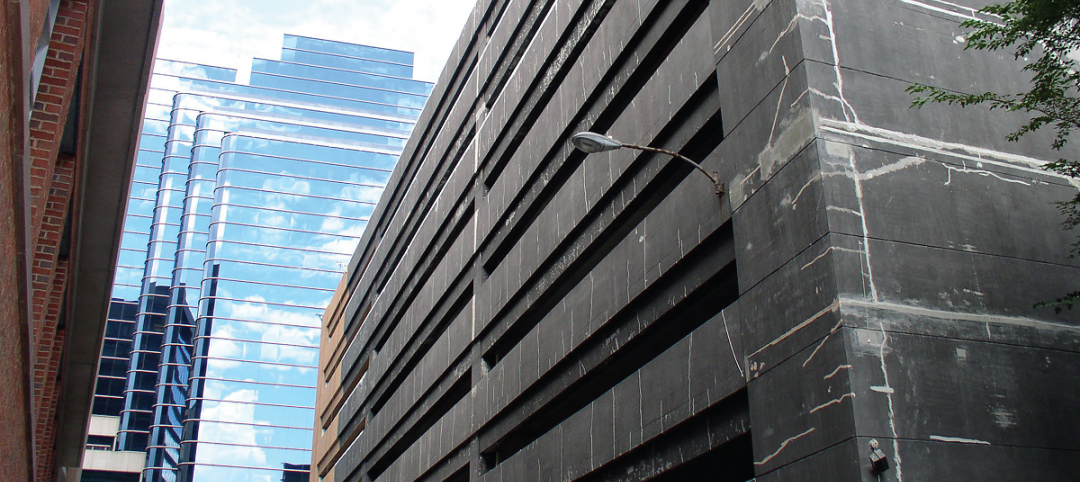
![Meeting the demand for high-efficiency façades [AIA course] Meeting the demand for high-efficiency façades [AIA course]](/sites/default/files/styles/list_big/public/AIA_BDC1217.jpg?itok=SOjPFpxR)
